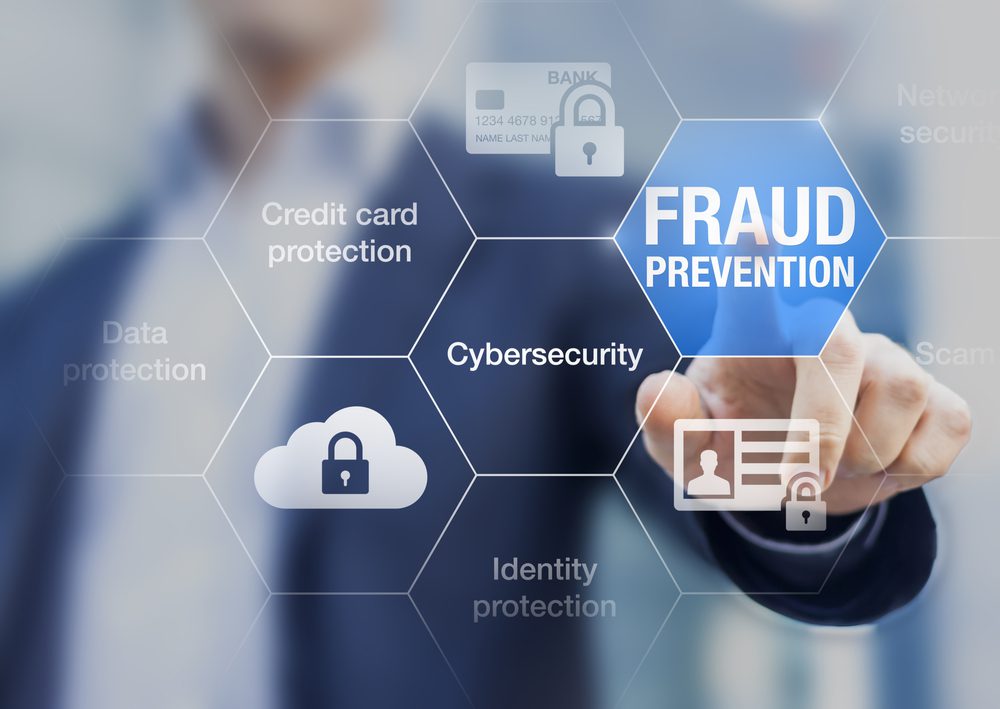What does the product provide:
The Fraud Detection Suite offers an advanced AI-powered solution to monitor financial transactions.
It alerts companies in real-time if it detects patterns that might suggest fraudulent activity, allowing them to take immediate action to protect their assets.
What are its advantages:
Real-Time Monitoring:
Instead of discovering fraud after the fact, our suite identifies it as it happens, enabling prompt intervention.
High Confidence:
Our AI system is confident in its predictions, ensuring that most legitimate transactions go through without being flagged while catching the most fraudulent ones.
Minimized False Alarms:
While no system is perfect, our model’s slight uncertainty range ensures a minimal number of legitimate transactions mistakenly flagged as fraudulent (and vice versa).
Employing RandomForestClassifier for Credit Card Fraud Detection
Utilizing the RandomForestClassifier, a versatile ensemble learning method, we aim to capture intricate patterns within the dataset to predict potential credit card fraud with enhanced accuracy and robustness.
Understanding Credit Card Fraud Indicators in a Dataset
The dataset captures transaction details, ranging from
geographical distances and purchase patterns to authentication methods, to
predict and understand credit card fraud.
1. distance_from_home:
This captures the distance between the location of the
transaction and the cardholder’s home. This is important because fraudulent
transactions may be more likely to occur far from where the cardholder lives or
frequently shops.
2. distance_from_last_transaction:
This captures the distance from the previous transaction.
This can be insightful if, for example, two transactions occur very far apart
in a short time frame, which might be physically impossible for the cardholder
to make.
3. ratio_to_median_purchase_price:
This might represent the amount spent relative to the median price of the
cardholder’s usual purchases. Significant deviations from the norm,
significantly higher amounts, could indicate fraud. For instance, if a
cardholder typically spends around $50 and suddenly there’s a transaction for $
5,000, it could be suspicious.
4. repeat_retailer:
An integer value (most likely binary 0 or 1) indicating whether the transaction
was done at a retailer where the cardholder frequently shops. Regular retailers
might be less suspicious than new or one-time places, although this is a
relaxed rule.
5. used_chip:
Indicates whether the transaction used the chip on the card. Chip transactions
are generally more secure than magnetic strip transactions. If many non-chip
transactions are made in quick succession, that could be a red flag.
6. used_pin_number:
This shows if the transaction was authenticated using a PIN. Like the chip,
PIN-authenticated transactions are considered more secure than non-PIN ones.
7. online_order: Indicates whether the transaction
was made online. Online transactions might have different fraud patterns than
in-person ones. For instance, stolen card details might be tested on online
platforms.
8. fraud: This is most likely the target variable.
It’s binary, where 1 indicates a fraudulent transaction, and 0 indicates a
legitimate one.
In fraud detection, we often look for patterns or outliers
that don’t conform to a user’s typical behavior. The features you’ve listed
provide various angles to view transaction behavior, from geographical factors
to transaction methods.
Interpreting RandomForestClassifier Outcomes for Transaction Authenticity:
The RandomForestClassifier outputs a safety score between 0 and 1 for each transaction, with scores near 0 indicating likely genuine activities and those approaching 1 signaling potential fraudulent behavior.
Imagine a scale that goes from 0 to 1. On this scale:
Close to 0:
Transactions the system believes are safe, like someone buying groceries or paying for a movie.
Most of these are genuine, though there are a few the system is not 100% sure about but still thinks are okay.
Close to 1:
The system is alarmed by Transactions, thinking they might be like someone trying to use a stolen credit card. It’s pretty confident these are sketchy activities, but for a small number, it’s still being determined, though still suspicious.
In short, the system is like a watchdog.
It believes everything’s fine when it’s calm and quiet (giving a score near 0).
But if it starts barking loudly (giving a score close to 1), it’s alerting us to something potentially wrong.



No responses yet